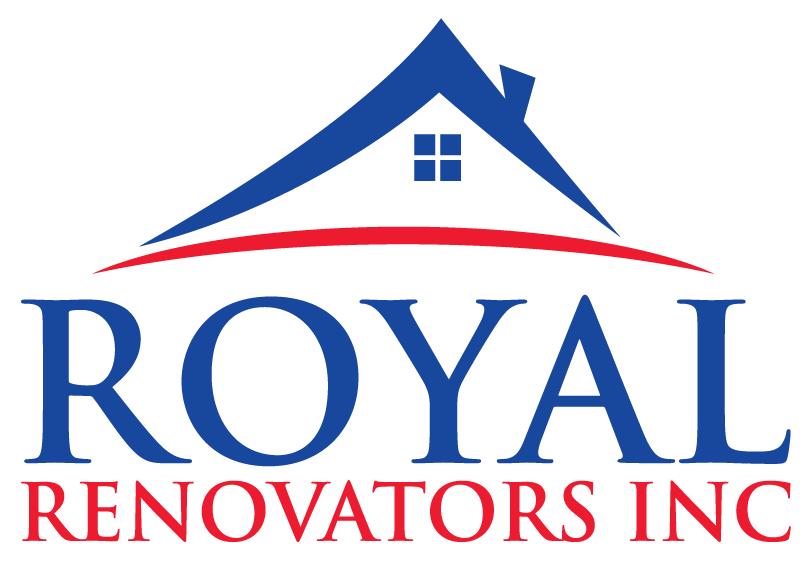If you are considering the replacement of your flat roof, you are definitely interested in learning more about the various types of roofing materials that are currently available on the market and which one of those materials would be the most suitable choice for your specific roof. Flat roofs can be constructed out of a broad variety of materials, each of which presents its own unique set of benefits and drawbacks when compared to the others in the category. Always consider a proficient roofing contractor like Nycrenovators to install your flat roof.
In the following paragraphs, we will go through the numerous types of flat roofing materials that are now available on the market in order to provide you with the knowledge you need to make an informed decision regarding which one is best suited for your specific roof.
-
Built-Up Roofing (BUR):
Built-up roofing, which goes by the acronym BUR, is one of the earliest and most typical types of flat roofing material that is still in use today. It is also one of the most common types of roofing. It is constructed with layers of alternating tar and gravel, and a hot mop is used to bind each layer together after it is completed. A BUR roof can last for up to 30 years and provide adequate defense against moisture if it is properly cared for and maintained in the appropriate manner.
However, because BUR roofing can be cumbersome and difficult to install, the accompanying labour expenses may be higher than other roofing options. The use of modified bitumen is one of the most current and cutting-edge advances in the world of flat roofing materials, which has seen a great deal of progress over the past several years. It has an increased tensile strength thanks to the use of a membrane with a single layer that is either reinforced with polyester or fibreglass. Its construction is described as being “one-layer.” Because it is so resistant to tears and punctures, modified bitumen roofing is an ideal choice for use on roofs that get a lot of foot activity. This is because it is an excellent choice for use on roofs that get a lot of foot activity. Additionally, it is lightweight and straightforward to install, both of which contribute to a reduction in the overall cost of work. However, when compared to the expense of using other materials for flat roofing, modified bitumen roofing may end up being much more expensive.
-
EPDM Roofing:
EPDM roofing, often known as rubber roofing, is one of the most prevalent roofing materials used for flat roofs. Synthetic rubber is used in its construction, and the membrane that it is comprised of consists of just one layer overall.
EPDM roofing is straightforward to install and, with the right attention to detail and regular maintenance, can last for as long as half a century. In addition to this, it exhibits a high level of resilience to UV radiation, which helps to reduce the costs associated with its operation to a minimum. EPDM roofing, on the other hand, may be subject to punctures and tears, both of which may result in leaks if the roofing is not well maintained.
-
PVC Roofing:
PVC roofing is a type of flat roofing material that is well-known for its extremely long lifespan and exceptional toughness. PVC is used in the production of the membrane, which consists of a single layer and has no further layers. Your roof may have a longer lifespan if you install PVC roofing, which is very resistant to damage caused by punctures, tears, and the deteriorating effects of ultraviolet light.
It is also simple to install and lightweight, both of which contribute to a reduction in the total cost of work needed to complete the job. However, the expense of installing a roof made of PVC may be much higher than the expense of installing a roof made of one of the other types of materials used for flat roofs.
-
TPO Roofing:
TPO roofing is a more recent type of flat roofing material that is rapidly gaining popularity among homeowners. TPO roofing is also known as thermoplastic polyolefin roofing. It is composed of a membrane that has a single layer of thickness and is manufactured from a mixture of rubber and plastic. This membrane is what makes up the entirety of the product.
TPO roofing can assist to extend the amount of time that your roof remains in good condition because it is particularly resistant to punctures, tears, and the damaging effects of ultraviolet rays. It is also simple to install and lightweight, both of which contribute to a reduction in the total cost of work needed to complete the job. TPO roofing, on the other hand, may carry a price tag that is noticeably higher than that of other sorts of materials utilized in the construction of flat roofs.
Conclusion
Because there are so many different possibilities, choosing the material that will work best for your flat roof requires careful consideration of a great deal of information and consideration of a great deal of factors. Before choosing a choice, you should give some consideration to factors such as the weather patterns in your area, the number of people that walk on your roof, and the amount of money you have available.
Before deciding on a material for a flat roof, it is essential to perform sufficient research and get the counsel of an expert roofing contractor. This is due to the fact that each different type of material that is used for flat roofs comes with its own unique collection of benefits and drawbacks. If you choose the right material for your flat roof, you can give yourself peace of mind knowing that your house or place of business will be safe for many years to come.
Reach out to our team of professionals now to handle your roofing services at 118-35 Queens Blvd Forest Hills, NY 11375 (718) 414-6067 https://www.nycrenovators.com
Copyright Ⓒ 2022 Royal Renovators Inc. All Rights Reserved

